PREPARATION, AND UTILIZATION OF CHROMIUM METAL ORGANIC FRAMEWORK FOR CRUDE OIL REMEDIATION
DOI: 10.23977/envcp.2022.010101 | Downloads: 41 | Views: 3225
Author(s)
Orodu Victor Enearepuadoh 1, Abasi Cyprian Yameso 1, Dikio Ezekiel Dixon 1
Affiliation(s)
1 Department of Chemical Sciences, Faculty of Science, Niger Delta University, Wilberforce Island, P.M.B 071, Amassoma, Bayelsa State. Nigeria
Corresponding Author
Orodu Victor EnearepuadohABSTRACT
Chromium-metal organic framework (Cr-MOF) was synthesized by solvothermal method. It was characterized using Fourier Transform Infrared (FTIR) spectrometer, Scanning Electron Microscope and Energy Dispersive X-ray (EDX) Spectroscopy. Composites of Cr-MOF/Clay and Cr-MOF/charcoal were also prepared. The as-synthesized MOF and the composites were all applied for the adsorption of crude oil on water media. Characterization results showed the presence of unsaturated C=C, C=O vibrations as well as metal-oxygen and OH group vibrations which confirmed the formation of the Cr-MOF. EDX spectra also confirmed formation of the MOF with the observed peaks of Cr, C and O. Adsorption results showed the oil in water could be adsorbed by as-synthesized Cr-MOF, though very slight the adsorption of the crude oil increased almost linearly with an increase in adsorbent dose. Adsorption of crude oil by Cr-MOF ranged from 10 - 70% for various doses from 0.2-1.0 g. However, the adsorption of the crude oil was greatly enhanced in the Cr-MOF/charcoal composite, whose sorption ranged from 80-100%. The effect of pH tipped in the acid range and increased with adsorption in the alkaline region for the pHs considered.
KEYWORDS
Cr-MOF, Adsorption, Charcoal, Composite, RemediationCITE THIS PAPER
Orodu Victor Enearepuadoh, Abasi Cyprian Yameso and Dikio Ezekiel Dixon, PREPARATION, AND UTILIZATION OF CHROMIUM METAL ORGANIC FRAMEWORK FOR CRUDE OIL REMEDIATION. Environment and Climate Protection (2022) Vol. 1: 1-12. DOI: http://dx.doi.org/10.23977/envcp.2022.010101.
REFERENCES
[1] Abdulraheem Anumaha, Hitler Louisb, c, Saud-uz-Zafarc , Adejoke T. Hamzatd, Oluwatobi O. Amusand, Amos I. Pigwehc , Ozioma U. Akakurub, e, Aderemi T. Adeleyea, Thomas O. Magub., (2018). Metal organic framework recent advances in synthetic methodologies and some applications. Sinawebsharifpardazeshgardanesh, chemical methodologies. 3, 283-305.
[2] Claudio, P., Fabio M., Nello, M., Glovanni, T., & Andrei, D. (Eds.) (2017). Application of MOFs: polymer international. ; 66: 731–744.
[3] Esfahanian M., Mohammad A. G., Hossein S. M. (2019). Synthesis, identification and application of the novel metal organic framework Fe₃O₄@PAA@ZIF-8 for the HF drug delivery of ciprofloxacina and investigation of antibacterial activity- artificial cells, nanomedineand biotechnology, 47:1,2024-2030, Dol:10,1080/21691401.2019,1617729.
[4] Furukawa H., Ko N, Go Y. B, Aratani N, Choi S. B, Choi E, Yazaydin A. O, Snurr, R. Q, O’Keeffe M, KimJ, Yaghi O. M., (2010). Ultra-high Porosity in Metal Organic Frameworks. 329(5990). 424-428
[5] Hussein K. Okoro, Stephen O. Ayika, Jane C. Ngila and Adedibu C. Tella.,(2018), Rising profile on the use of metal-organic frameworks (MOFs) for the removal of heavy metals from the environment: an overview Applied Water Science 8,6
[6] Junhua Luo Hongwu Xu, Yun Liu, Yusheng Zhao , Luke L. Daemen, Craig Brown, Tatiana V. Timofeeva, Shengqian Ma, and Hong-Cai Zhou.,(2008) Hydrogen Adsorption in a Highly Stable Porous Rare-Earth Metal-Organic Framework: Sorption Properties and Neutron Diffraction Studies. J. Am. Chem. Soc., 130, 30, 9626–9627
[7] Katalin Musa, Marton Szabados, Adel Anna Adam, Peter Belteky,Zoltan Konya, Akos Kukovecz, Pal Sipos, Istvan Palinko (2021), Mechanochemical Synthesis of the NiSn, CuSn, bimetallic and NiCuSn trimetallic nanocomposites using various types of additives. Elsevier’ Journal of Solid State Chemistry 293, 121-756
[8] Kadirvelu, K. and Namasivayam, C. (2000). Agricultural by-products as metal adsorbents: Sorption of Lead(II) from aqueous solution onto coir-pith carbon. Environmental Technology, 21:1091 -1097
[9] Kelle, H. I. (2018), Comparative Analysis of Removal of Crude Oil and Some Refined Petroleum Products from the Environment Using Rice Husk: Adsorption Isotherm and Kinetic Studies Nigerian Journal of Basic and Applied Science 26 (1): 01-13
[10] Lee J. D (2013). The chromium group: concise inorganic chemistry, 5th edition. Blackwell science.p.66.
[11] Olu-Owolabi, B.I., Diagboya, P.N. and Adebowale,K.O.(2014). Evaluation of pyrene sorption-desorption on tropical soils. Journal of Environmental Management. 137, 1-9. doi: 10.106/j.jenvman.2014.01.048
[12] Orodu, Victor Enearepuadoh and Dikio, Ezekiel Dixon., (2021), Synthesis, Characterization and Adsorption Study of Metal Organic Framework of Copper (II) benzene-1, 4dicarboxylate (Cu-MOF) on Crude oil. Progress in Materials Chemistry and Physics. 2: 1-14, Clausius Scientific Press, Canada. DOI: 10.23977/pmcp.2021.020101 ISSN 2616-3780
[13] Remya V. R. and Manju Kurian. (2018). Synthesis and catalytic applications of metal-organic frameworks; a reviewon recent literature. International Nano Letters Springer, https://doi.org/10.1007/s40089-018-0255-1.
[14] Ren, J., Musyoka, N.M., Langmi, H.W., Segakweng, T., North, B.C., Mathe, M, and Kang, X. 2014. Modulated synthesis of chromium-based metal-organic framework (MIL-101) with enhanced hydrogen uptake. International Journal of Hydrogen Energy, 39(23), pp 12018-12023
[15] Simagina A., Polynski M. V., Vinogradov A. V., Pidko E. A. (2018). Towards rational design of metal organic frameworks-based drug delivery systems. RUSS CHEM REV, 87 (9), 831–858
[16] Xiaoli Gao, Rongli Geng, Feng Su(2021), Three Co/Ni(ii) MOFs with dinuclear metal units constructed by biphenyl-3,3’5,5’-tetracarboxylic acid and N- donor ligand: Synthesis, Structures, and magnetic properties. Elsevier, Journal of Solid State Chemistry,293, 121706
[17] Zahra Nazari, Mohammad Ali Taher and Hamid Fazelirad,(2017) A Zn based metal organic framework nanocomposite: synthesis, characterization and application for preconcentration of cadmium prior to its determination by FAAS, RSC Adv 7, 44890-44895 https://doi.org/10.1039/C7RA08354H
| Downloads: | 666 |
|---|---|
| Visits: | 39018 |
Sponsors, Associates, and Links
-
International Journal of Geological Resources and Geological Engineering
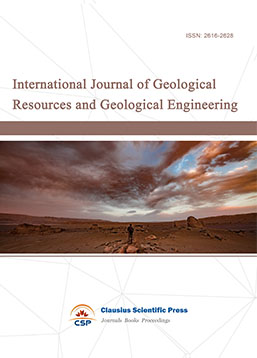
-
Big Geospatial Data and Data Science

-
Solid Earth and Space Physics

-
Journal of Cartography and Geographic Information Systems

-
Environment, Resource and Ecology Journal
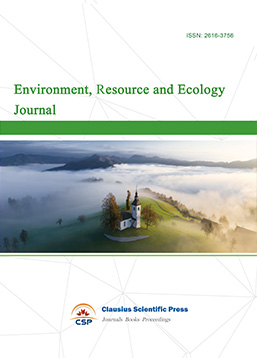
-
Offshore and Polar Engineering

-
Physical and Human Geography
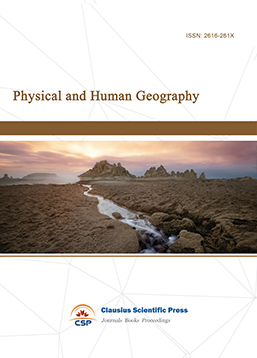
-
Journal of Atmospheric Physics and Atmospheric Environment
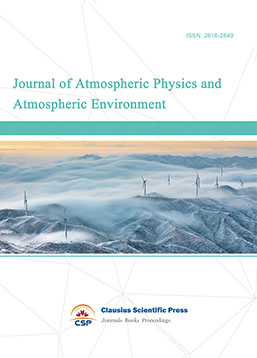
-
Trends in Meteorology

-
Journal of Coastal Engineering Research
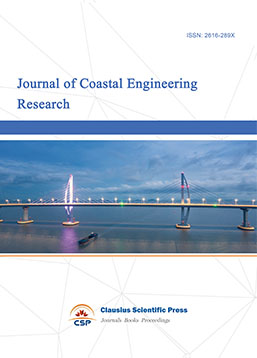
-
Focus on Plant Protection
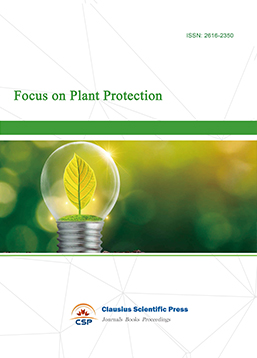
-
Toxicology and Health of Environment
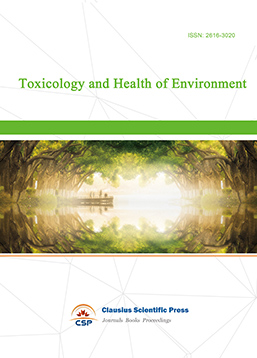
-
Geoscience and Remote Sensing
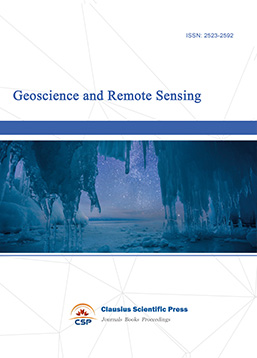
-
Advances in Physical Oceanography

-
Biology, Chemistry, and Geology in Marine
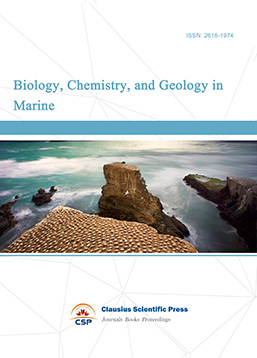
-
Water-Soil, Biological Environment and Energy

-
Geodesy and Geophysics

-
Journal of Structural and Quaternary Geology
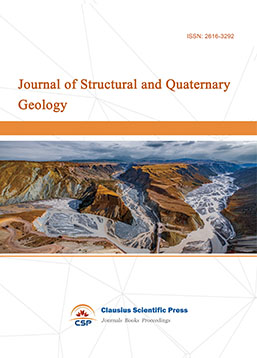
-
Journal of Sedimentary Geology

-
International Journal of Polar Social Research and Review


 Download as PDF
Download as PDF